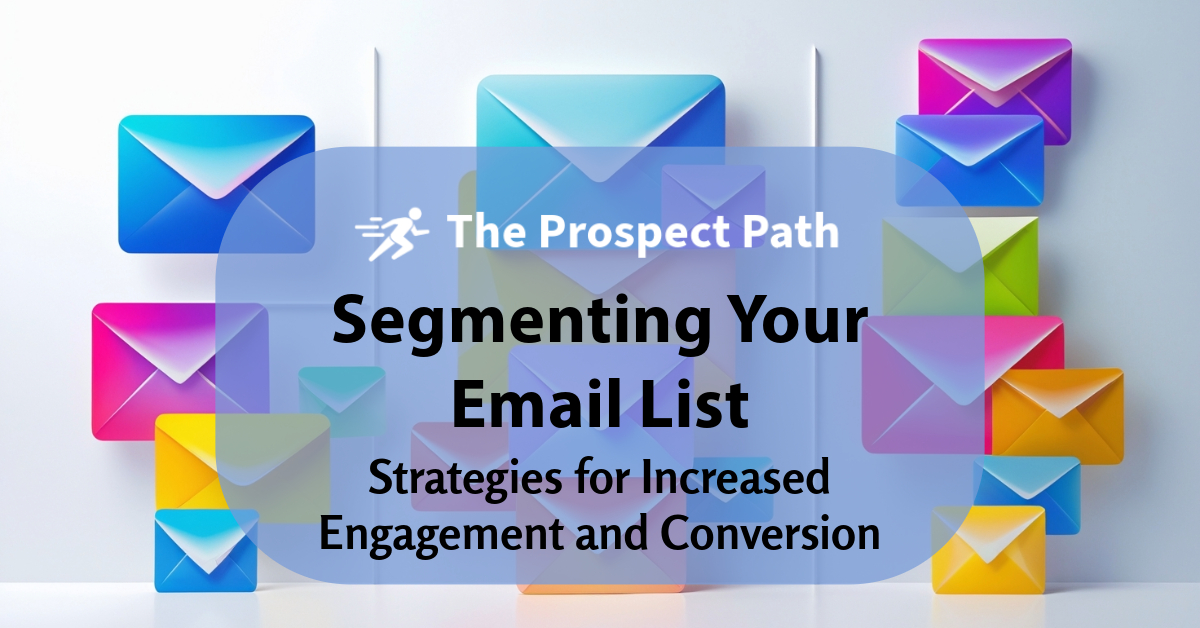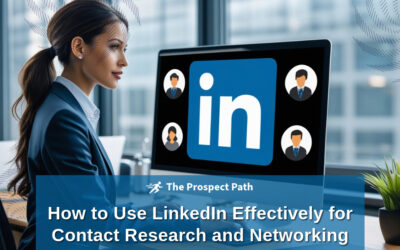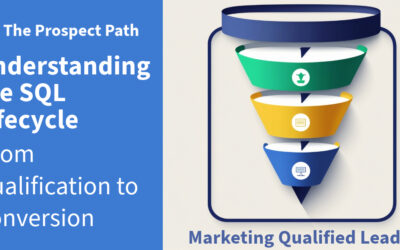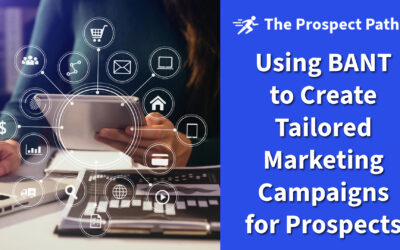If you’re sending the same email to everyone on your list, you’re missing out on the true power of email marketing. Today’s subscribers expect relevant, personalized messages that speak to their interests and needs. That’s where email list segmentation comes in—a proven strategy that can dramatically boost your engagement and conversion rates.
Let’s explore what segmentation is, why it matters, and actionable strategies you can use to transform your email marketing results.
What is Email List Segmentation?
Email list segmentation is the process of dividing your email subscribers into smaller groups based on shared characteristics or behaviors. Instead of blasting generic emails, you tailor your content to match each group’s unique profile—making every message more relevant and compelling.
Segmentation goes hand-in-hand with personalization. While segmentation groups your audience, personalization takes it a step further by customizing the content for each segment, making subscribers feel like you’re speaking directly to them.
Why Segment Your Email List?
The benefits of email segmentation are clear:
- Higher Engagement: Segmented campaigns consistently see higher open and click-through rates because the content resonates with each recipient.
- Increased Conversions: When your emails are relevant, subscribers are more likely to take action, whether it’s making a purchase, signing up for a webinar, or downloading a resource.
- Reduced Unsubscribes: Sending the right message to the right people means fewer recipients will feel annoyed or overwhelmed and unsubscribe.
- Better Customer Relationships: Segmentation helps you nurture leads and customers at every stage of their journey, building loyalty and trust.
Effective Segmentation Strategies
There are many ways to segment your email list. Here are some of the most effective strategies for B2B and B2C marketers alike:
1. Demographic Segmentation
Segment by age, gender, location, job title, or company size. For B2B marketing, firmographic data like industry, company size, or revenue can help you send more targeted messages[5][6].
Example: Invite IT managers in healthcare companies to a webinar on data security.
2. Behavioral Segmentation
Group subscribers based on actions they’ve taken—such as past purchases, website visits, email opens, or clicks. This reveals their interests and where they are in the buying journey.
Example: Send a special offer to contacts who clicked on product links but haven’t purchased yet.
3. Lifecycle Stage Segmentation
Identify where each contact is in your sales funnel: new subscriber, active lead, opportunity, or loyal customer. Tailor your emails to nurture them toward the next stage.
Example: Welcome new subscribers with an onboarding series, and re-engage inactive customers with a win-back campaign.
4. Preference-Based Segmentation
Let subscribers choose the topics, products, or content formats they care about most. You can collect preferences through signup forms or periodic surveys.
Example: Allow subscribers to select whether they want product updates, industry news, or event invitations.
5. Purchase History and RFM Segmentation
Analyze how recently, frequently, and how much a customer has purchased (Recency, Frequency, Monetary value—RFM). Reward your best customers with VIP offers, and encourage repeat purchases from occasional buyers.
Example: Send loyalty rewards to your top spenders and exclusive discounts to those who haven’t purchased in a while.
6. Geographic Segmentation
Segment by country, region, or city to send location-specific offers or event invitations.
Example: Promote a local conference only to subscribers in that city.
7. Content Consumption Patterns
Track which types of content your subscribers engage with—such as blogs, videos, or case studies—and tailor your future emails accordingly.
Best Practices for Email Segmentation
- Keep Data Accurate: Regularly update and clean your email list to ensure your segments are based on reliable information.
- Start Simple: Begin with a few key segments and expand as you gather more data and insights.
- Personalize Content: Go beyond using a first name—reference past interactions, recommend relevant products, and address specific pain points.
- Test and Optimize: Use A/B testing to see which segments and messages perform best, and adjust your strategy accordingly.
- Leverage Automation: Use email marketing automation tools to trigger campaigns based on subscriber behavior or lifecycle stage.
How The Prospect Path Can Help
At The Prospect Path, we know that effective email marketing is all about reaching the right people with the right message at the right time. Our B2B email marketing services help sales and marketing professionals segment their lists, craft personalized content, and automate campaigns for maximum engagement and conversion. Whether you’re nurturing new leads or reactivating dormant contacts, we provide the strategy and tools you need to unlock the full potential of your email list.
Ready to boost your email engagement and turn more leads into loyal customers? Contact us today and let’s build your next high-performing campaign together!





0 Comments